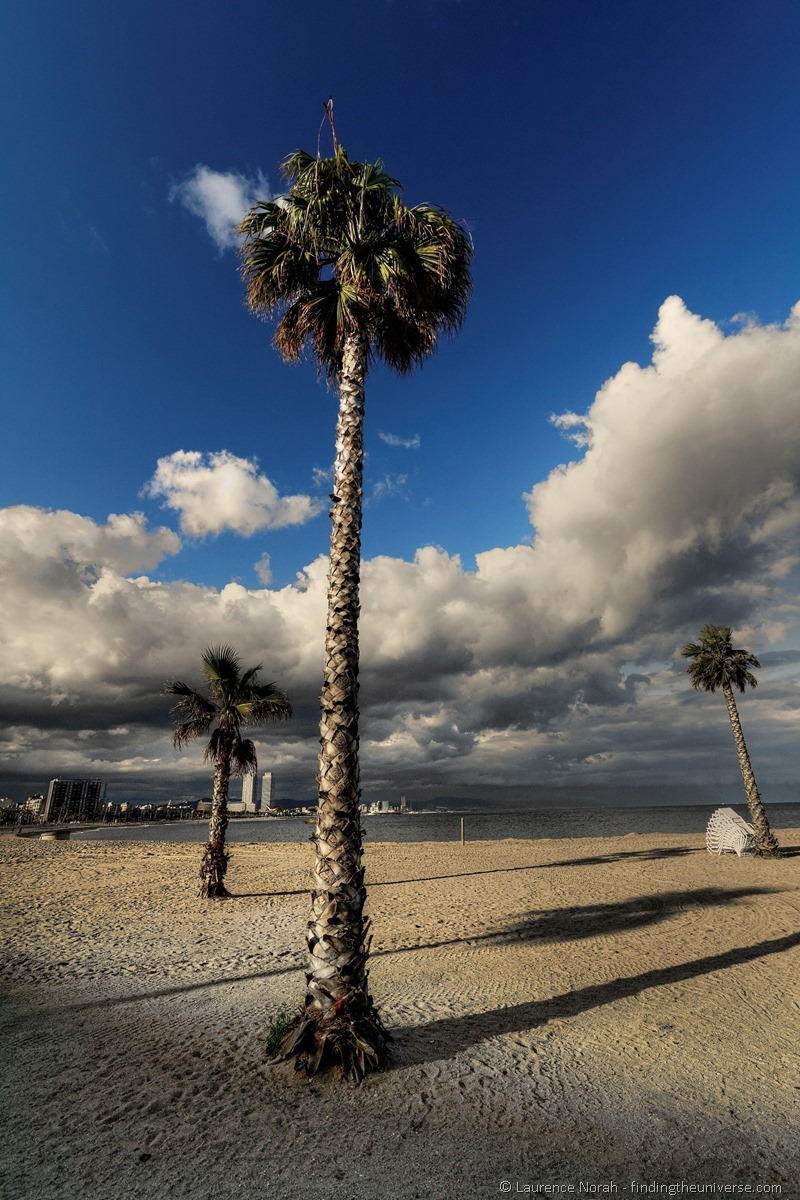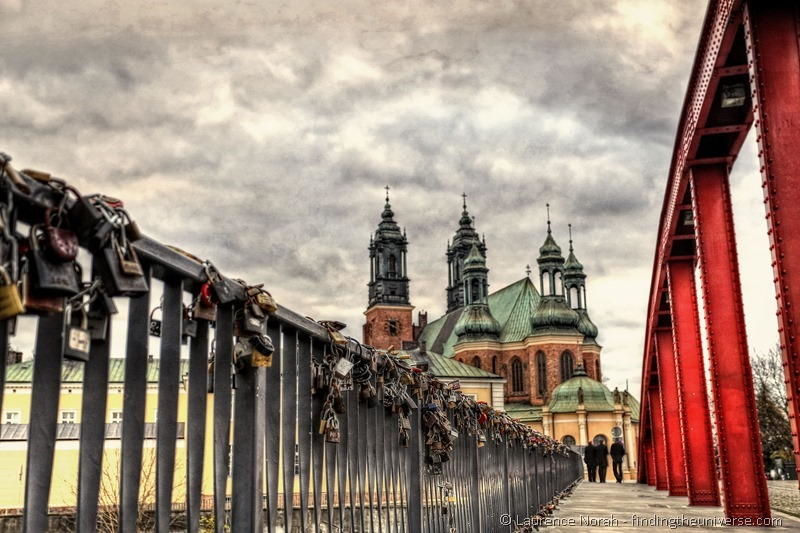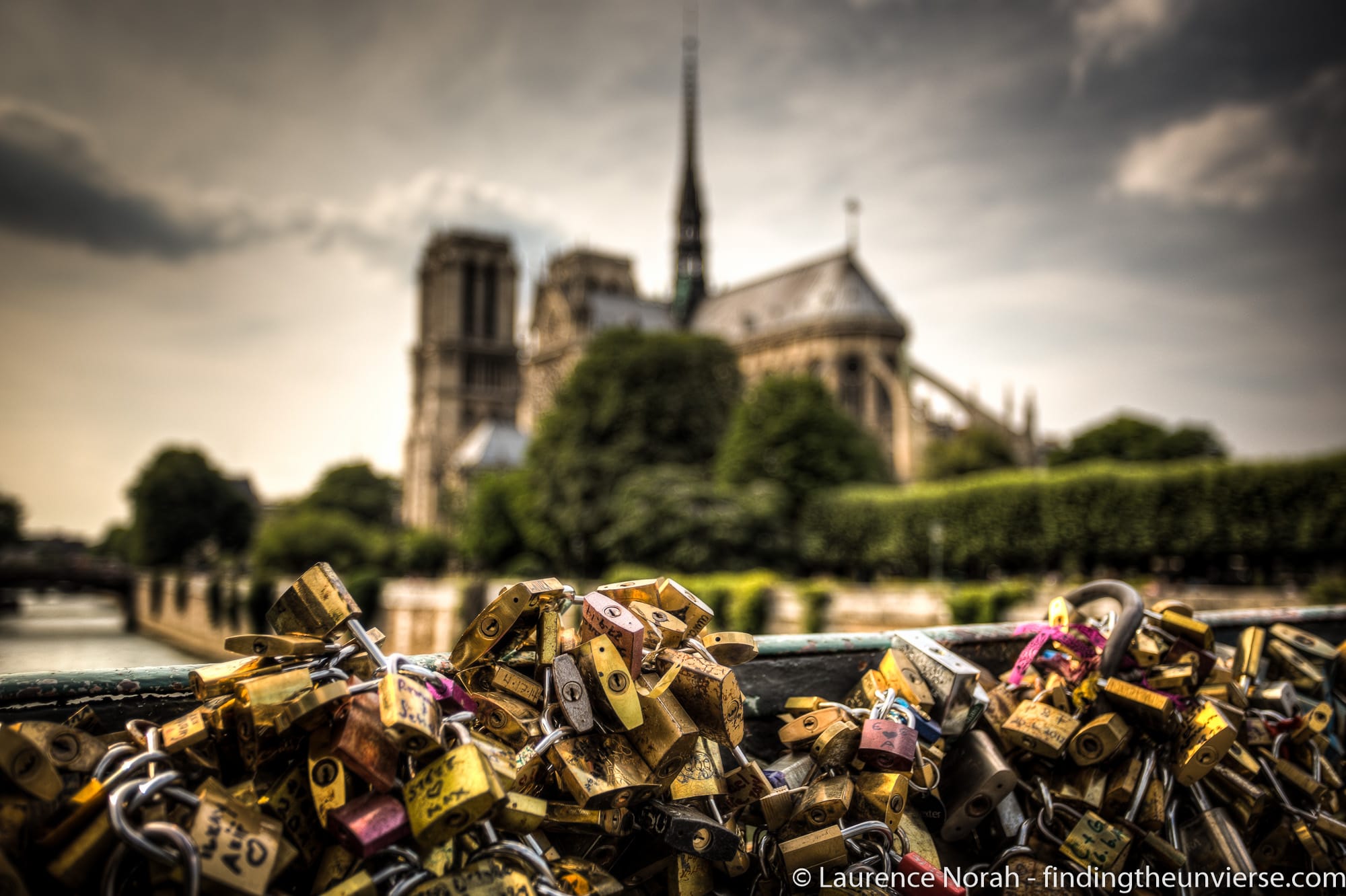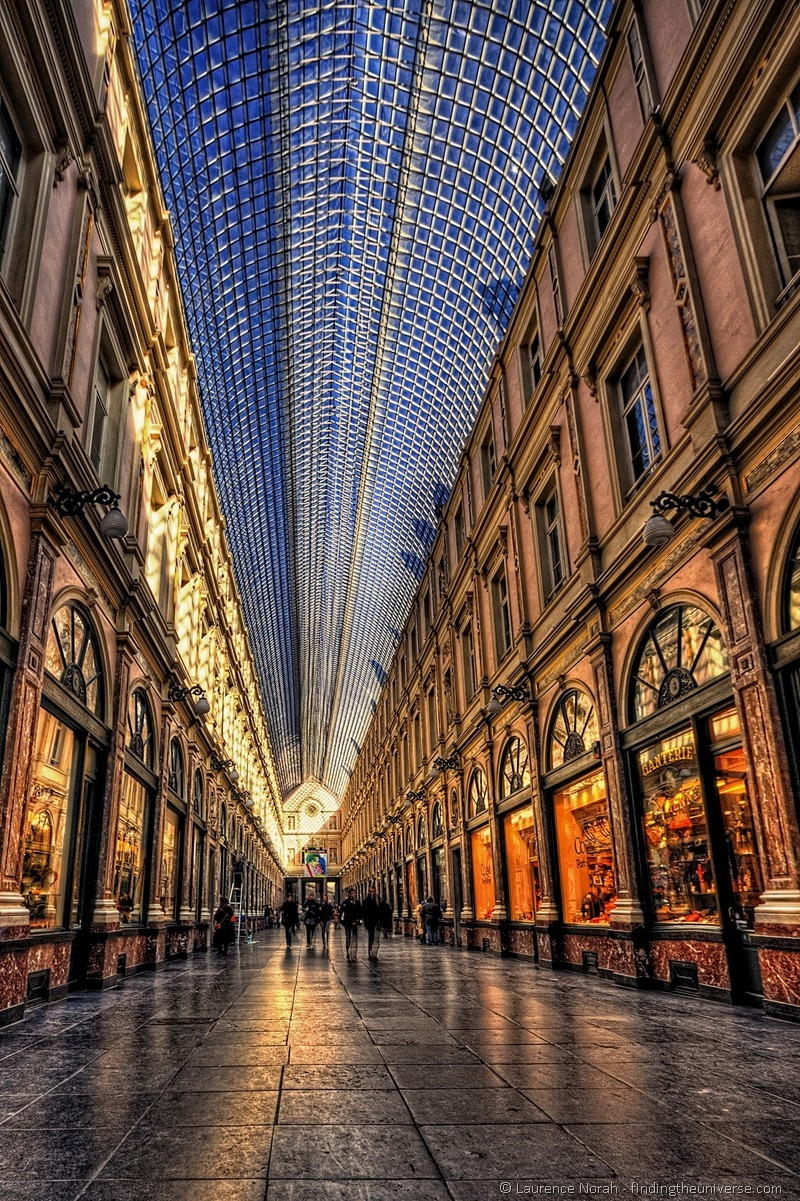Whether you have a new wide-angle lens that you’re anxious to use or you’ve been using one for quite a while, there are tons of creative possibilities you may not have considered. Don’t let your lens go to waste by ignoring all of the amazing options available to you!

Before we start exploring the how to use a wide-angle lens and some of its creative applications, I’ll answer the first question that many photographers might ask:
What is a wide-angle lens?
A wide-angle lens is a lens that is designed to capture as much of the scene in front of you as possible. It’s essentially the opposite of a telephoto lens, which lets you get close up to far away objects. A wide-angle lens actually makes objects seem farther away from your camera than they are, which opens up a whole series of creative possibilities.

All photos in this post come from Laurence Norah of travel and photography blog Finding the Universe
In terms of specifications, a wide-angle lens is generally deemed to be any lens with a full-frame focal length equivalent of 35mm or less. You’ll find the focal length in the lens specifications. Some point-and-shoots talk in terms of focal length, usually marking these in terms that are 35mm equivalent. If not, check the manual to see or search the web to find the equivalent focal length for your camera.
Creative possibilities with a wide-angle lens
Get up close and personal
One great way to use a wide angle lens is to get very close to a subject. The effect of compression means that the distance between subjects is accentuated, meaning that objects seem farther apart from each other than they actually are. By putting your lens close up to a subject, you can really make it stand out from the rest of the scene and ensure it has your viewer’s full attention.

Astrophotography
Another excellent use for a wide-angle lens is astrophotography, or taking pictures of the night sky. Using a really wide lens means you can get a lot of the sky in, as well as shoot for longer exposures before the rotation of the Earth means that the stars will turn into streaks of lights.
Interior photography
A wide-angle lens lets you take pictures of rooms that actually look closer to real life. You’ll be able to get most of the room in shot compared to any other type of lens, so if photographing interiors (perhaps for real-estate listings) is on your to-do list, then you absolutely need a wide-angle lens.

Architecture or city photography
City photography and especially architecture photography are great examples of when a wide-angle lens can shine, finally letting you get all of that skyline into view. Be aware that a wide angle lens can cause lens distortion, which will be particularly obvious to the viewer when shooting supposedly “straight” objects like buildings. Take a look at the tutorial on fixing lens distortion if this happens to you.
Leading lines
Finally, wide-angle lenses are perfect for shooting scenes with leading lines. As you might remember from the post on composition, leading lines are a great way to draw your viewer into an image, and a wide-angle lens can really accentuate leading lines coming in from the edges of corners, which draws the viewer to a vanishing point.
How NOT to use a wide-angle lens
A wide-angle lens is great in many situations, but sometimes it’s not going to produce great results. In particular, up-close portrait work is not a good time to use a wide-angle lens. The lens will distort facial features, turning portraits into unflattering caricatures that your subjects won’t thank you for!
You’ll also notice that I’ve left out the obvious use of a wide-angle lens for landscape photography. While it’s certainly usable for landscape photography, it’s important to not just try to “get everything in” when shooting. Instead, carefully compose your shot, using the benefits of the wide-angle lens to produce an exciting and interesting image rather than a flat landscape with no real punch. Think about getting up close and personal with that waterfall or shooting from a creative angle to really wow your viewer.

Share tips, start a discussion or ask one of our experts or other students a question.
No Responses to “How to Get the Most Out of Your Wide-Angle Lens”